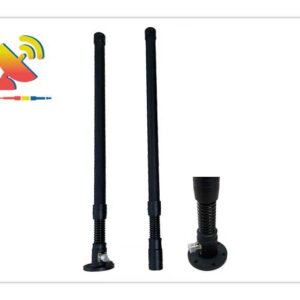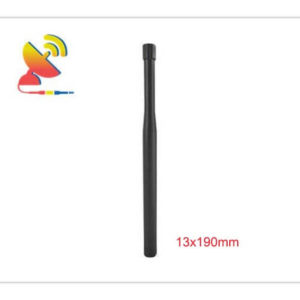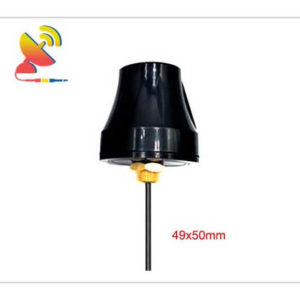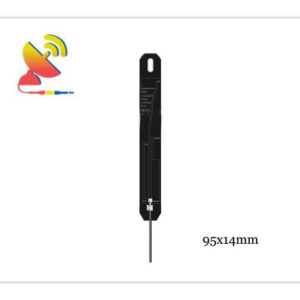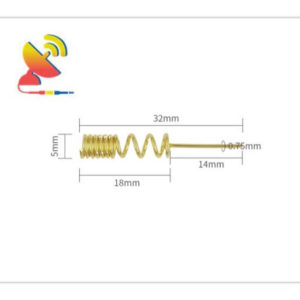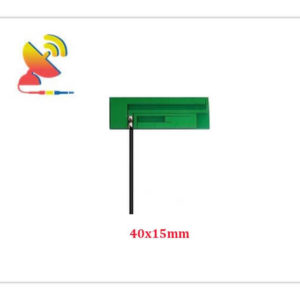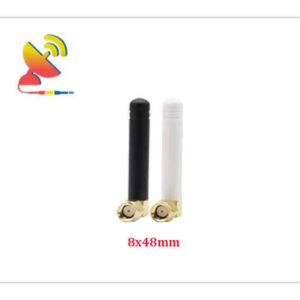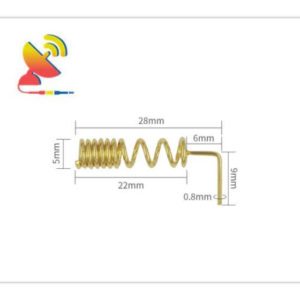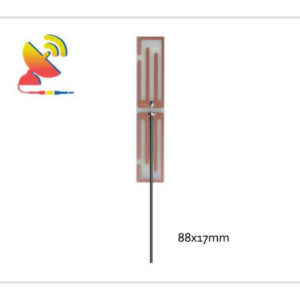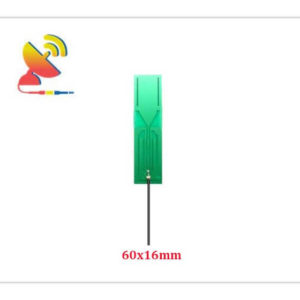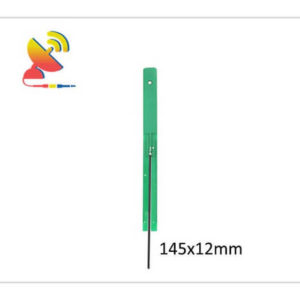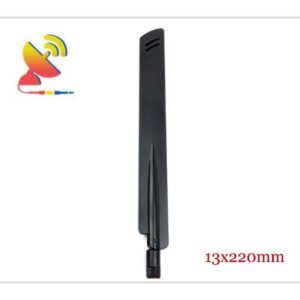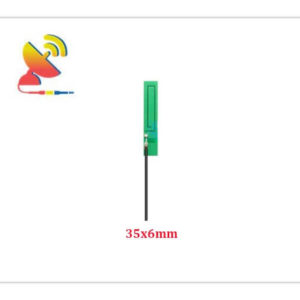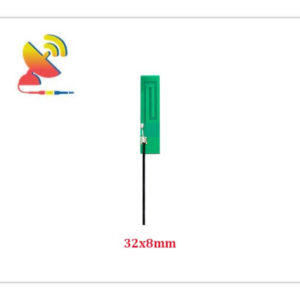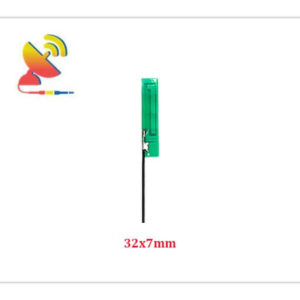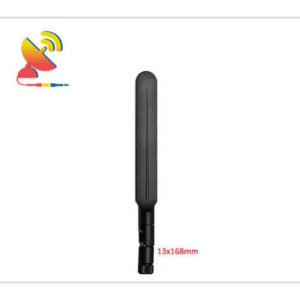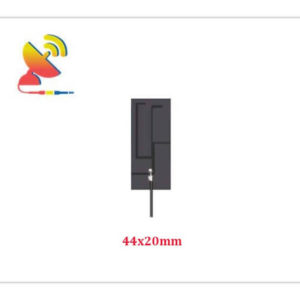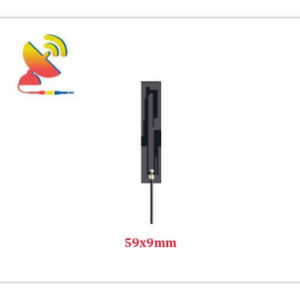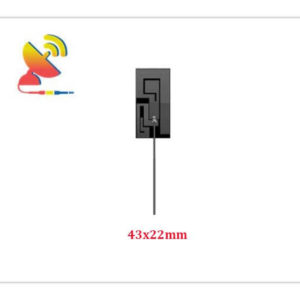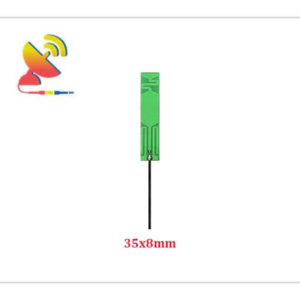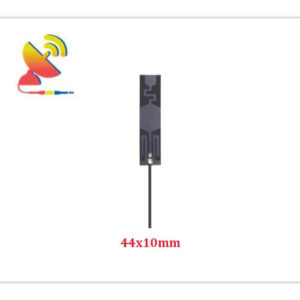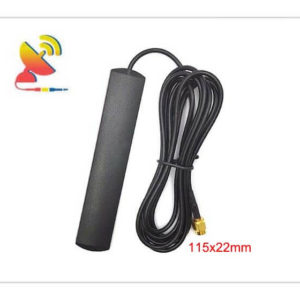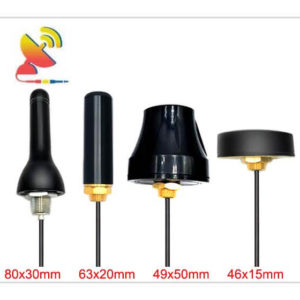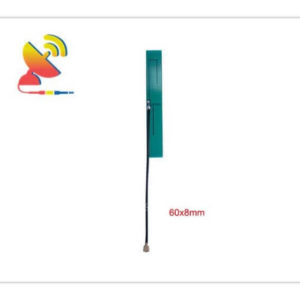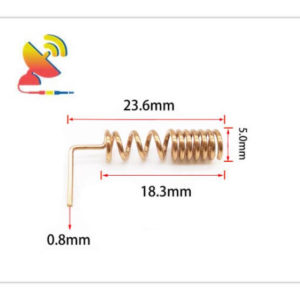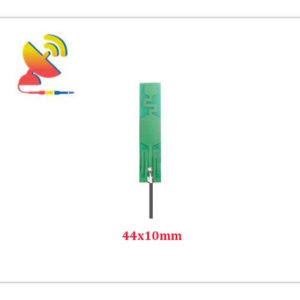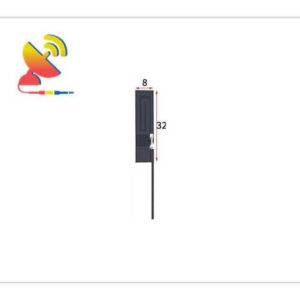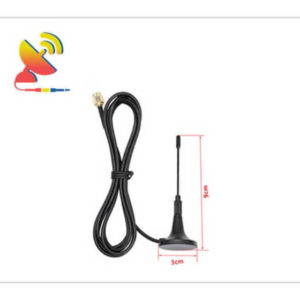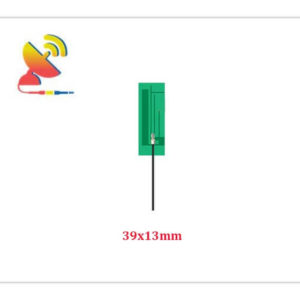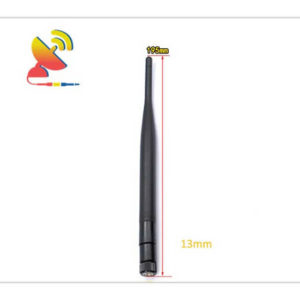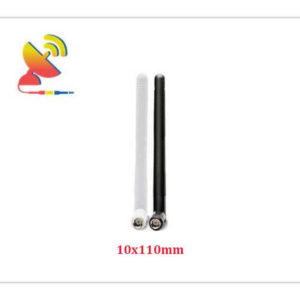NB-IoT Antenna
- Through-hole Mount Antenna
High-performance Dome Antennas For Lora NB-IoT GSM LTE 4G 5G Applications
Read more
NB-IoT Antenna Manufacturer
C&T RF Antennas Inc is the internal & external NB-IoT antenna manufacturer indoor & outdoor Narrowband IoT antenna supplier in China.
What is NB-IoT?
NB-IoT refers to Narrow Band-Internet of Things technology. NB-IoT focuses on the Low Power Wide Coverage (LPWA) Internet of Things (IoT) market and is an emerging technology that can be widely used worldwide.
NB-IoT uses the license frequency band and can adopt three deployment methods: in-band, guard band, or an independent carrier, to coexist with existing networks.
Narrow Band Internet of Things (NB-IoT) has become an important branch of the Internet of Everything network. built on cellular networks, NB-IoT consumes only about 180 kHz of bandwidth and can be deployed directly on GSM, UMTS, or LTE networks to reduce deployment costs and enable smooth upgrades.
The bandwidth occupied by NB-IoT is narrow, only about 180KHz, and its use of the License band allows for three deployment methods: in-band, protected-band or independent carrier, coexistence with existing networks, and the ability to be deployed directly on GSM, UMTS, or LTE networks, i.e. 2G/3G/4G, to achieve multiplexing of existing networks, reduce deployment costs and achieve smooth upgrades.
3GPP defined three cellular IoT standards in Release 13: EC-GSM, eMTC (LTE-M, corresponding to Cat-M1), and NB-IoT (Cat-NB1). nB-IoT (Cat-NB1) is considered a standalone new air interface technology, although it is closely related to LTE and can be integrated on top of existing LTE systems.
What is the NB-IoT network architecture?
The network architecture of NB-IoT includes NB-IoT terminals, Evolved Unified Terrestrial Radio Access Network (E-UTRAN) base stations, Attributed Subscriber Signing Server (HSS), Mobility Management Entity (MME), Service Gateway (SGW), Public Data Network (PDN) Gateway (PGW), Service Capability Open Unit (SCEF), Third Party Service Capability Server (SCS), and Third Party Application Server (AS). SCS) and third-party application servers (AS).
Compared with the 4G network, the NB-IoT network mainly adds Service Capability Open Unit (SCEF) to optimize small data transmission and support non-IP data transmission. To reduce the number of physical network elements, core network elements such as MME, S-GW, and P-GW can be deployed in one, called Cellular IoT Service Gateway Node (C-SGN).
The NB-IoT system basically extends the 4G LTE/evolution-based packet core network (EPC) architecture and optimizes the existing 4G network architecture and processing flow by combining the characteristics of NB-IoT system such as large connection, small data, low power consumption, low cost and deep coverage.
What are the NB-IoT Features?
NB-IoT is an emerging Internet of Things technology that has attracted attention due to its low power consumption, stable connection, low cost, and excellent architecture optimization. Huawei, as a domestic leader in the research and development of NB-IoT technology, has also received considerable attention from the scientific and technological community.
NB-IoT has four main features.
I. Wide coverage
will provide improved indoor coverage, with NB-IoT gaining 20dB over existing networks in the same frequency band, equating to a 100x increase in the ability to cover areas.
ii. Ability to support connectivity
NB-IoT is capable of supporting 100,000 connections in one sector, supporting low latency sensitivity, ultra-low equipment cost, low equipment power consumption, and optimized network architecture.
iii. Lower power consumption
NB-IoT end modules can have standby times of up to 10 years;
iv. Lower costs
With enterprises expecting no more than US$5 for a single connected module.
NB-IoT focuses on the low power wide coverage (LPWA) Internet of Things (IoT) market and is an emerging technology that can be used on a wide range of global applications. NB-IoT uses the License band and can be deployed in three ways: in-band, protected-band, or carrier-independent, coexisting with existing networks.
In terms of access network, the uplink transmission scheme of NB-IoT supports both single-frequency tone transmission and multi-frequency tone transmission. The single-frequency tone scheme supports better coverage, capacity, and terminal power consumption; the multi-frequency tone scheme can be used to support larger peak rates.
In terms of technical features, NB-IoT is faster and more flexible in terms of deployment. In terms of power consumption and performance, the power consumption of NB-IoT terminals is low. In terms of cost and marketing, because NB-IoT can be directly deployed in 2G/3G/4G networks, the RF and antennas of existing wireless network base stations can be reused.
Compared with traditional 2G, 3G and 4G cellular communication modes, NB-IoT’s own advantages of low power consumption, wide coverage, low cost, and large capacity enable it to be widely used in a variety of vertical industries, such as remote meter reading, asset tracking, smart parking, smart agriculture, etc.
What is the relationship between 5G and NB-IoT?
The relationship between NB-IoT and the commonly used 4G and 5G is that NB-IoT is part of the 4G network and is a prelude and foundation for the commercialization of 5G.
There are three standards for 5G, LTE (authorized channel), LTE-U (unlicensed channel), and NB-IoT (authorized channel).
The biggest feature of NB-IoT is that the transmission distance reaches an amazing 10km, and it can take countless terminals, one base station can take more than 200,000 terminals.
NB-IoT technology brings vitality to innovative applications in the field of IoT, bringing innovative breakthroughs to remote meter reading, security alarms, smart manhole covers, smart street lights, and many other fields.
5G technology not only means faster network speed, but 5G will also make the blueprint of IoT with the intelligent interconnection of everything possible. NB-IoT is the prelude and foundation for 5G commercialization.
NB-IoT supports multicast, continuous mobility, new power levels, etc. 5G can be truly realized under the premise of complete infrastructure such as NB-IoT.
NB-IoT antenna applications
Because of its own advantages of low power consumption, wide coverage, low cost, and high capacity, NB-IoT can be widely used in a variety of vertical industries, such as remote meter reading, asset tracking, smart parking, smart agriculture, etc.
C&T RF Antennas Inc manufactures the RF antenna with Dualband wifi 2.4G, wifi 5.8G, 169 MHz, 230 MHz, 315 MHz, 433 MHz, 868 MHz, 915 MHz, UWB, RFID, ADS-B, ISM, GPS, GNSS, Cellular, Lora, NB-IoT, GSM, 4G LTE, 5G NR, 6G, etc.
They are used in Wi-Fi And Bluetooth industries, IoT And M2M industries, LoRa And ISM applications, and GPS And GNSS applications.
C&T RF Antennas Inc manufactured RF antennas including Through-hole Mount Antennas, Magnetic Mount Antennas, Rubber Duck Antennas, Fiberglass Antennas, PCB Antennas, FPC Antennas, Spring Antennas with cellular antennas, Wifi antennas, Lora antennas, GNSS antennas, and combination antennas.
Buying Guide for the NB-IoT antenna
Gain: What are the dBi of the NB-IoT antennas?
1dBi to 8dBi high gain antennas.
VSWR: What is the VSWR of the NB-IoT antennas?
≤1.5 for single-band frequency, ≤2.0 for dual-band frequencies, and ≤3.0 for multi-band frequencies.
Impedance: What is the impedance of the NB-IoT antennas?
50 Ω.
Frequency: What are the frequencies of the NB-IoT antennas?
The frequencies include 700 MHz, 868 MHz, 900 MHz, 915 MHz, 824-960 MHz, 1710-1880 MHz, 1710-1900 MHz, 1710-2170 MHz, 2300-2500 MHz,2500-2690 MHz, 1710-2700 MHz.
Direction: What are the directions of the NB-IoT antennas?
Omnidirectional.
Polarization: What is the polarization of the NB-IoT antennas?
Vertical polarization.
Price: How much do the NB-IoT antennas cost?
Based on different NB-IoT antenna models.
Antenna Type: What are the types of NB-IoT antennas?
Narrowband antenna.
Cable Type: What are the cable types of the NB-IoT antennas?
RG Cable.
Connector: What are the connectors of the NB-IoT antennas?
Ipex/u.FL, SMA, BNC, TNC, N-type, etc.
Size: What are the dimensions of the NB-IoT antennas?
Different NB-IoT antenna has different size.
Material: What are the materials of the NB-IoT antennas?
PCB, Flexible PCB, Plastic, Glass fiber, etc.
Weight: What are the weights of the NB-IoT antennas?
Based on different NB-IoT antenna models has different weights.
Color: What are the colors of the NB-IoT antennas?
Grey, black, green, white.
Operation Temperature: What is the operating temperature of the antennas?
-40˚C ~ +85˚C.
Storage Temperature: What is the storage temperature of the NB-IoT antennas?
-40˚C ~ +80˚C.
Safety Emission: What is the safety emission of the NB-IoT antennas?
RoHS/CE Compliant.
Features: What special features does the NB-IoT antenna have?
Low-Profile, Low V.S.W.R, Low Loss, High Gain, High Efficiency, High Sensitivity, UV-Proof Water Proof, Sturdy, Durable, Good Impact Resistance, Full Day Working, Optimized Dimensions, etc
Mounting Method: What are the mounting methods of the NB-IoT antennas?
Screw-mounted, Terminal mount, Based mount, Pole mount, etc.
Application: What are the applications of the NB-IoT antennas?
Lora, GSM, GPRS, UMTS, ISM, 2G, 3G, LTE, IoT, M2M, etc.
C&T RF Antennas Inc is the internal-external antenna NB-IoT Antenna manufacturer and indoor-outdoor narrowband IoT antenna supplier in China.
The internal NB-IoT antennas and external NB-IoT antennas are available at C&T RF Antenans Inc, to contact C&T RF engineering teams for more NB-IoT antennas information such as NB-IoT antenna datasheet, NB-IoT antenna pricing, NB-IoT antenna inventory, etc.
Showing 1–16 of 55 results

